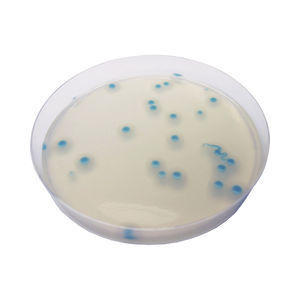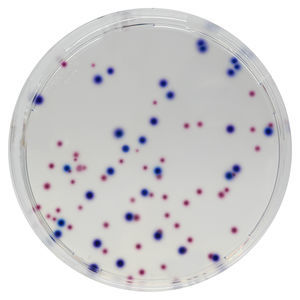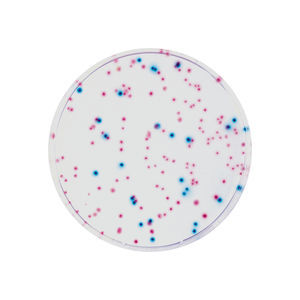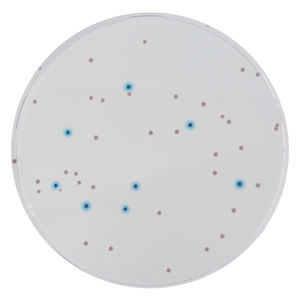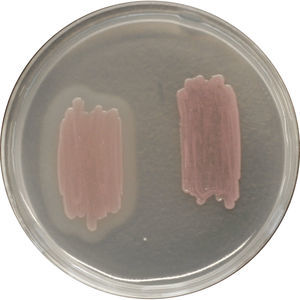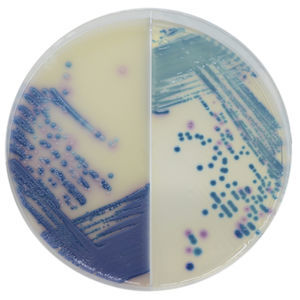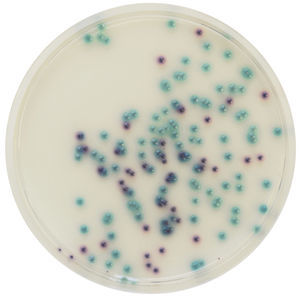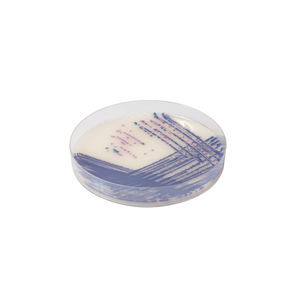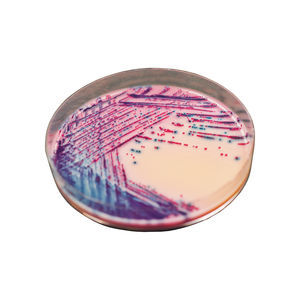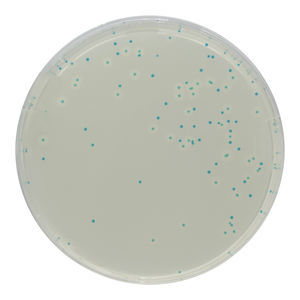
Medium reagent PF652for microbiologyveterinary laboratoryClostridium perfringens
Add to favorites
Compare this product
Characteristics
- Type
- reagent medium
- Applications
- for microbiology, veterinary laboratory
- Micro-organism
- Clostridium perfringens
- Storage temperature
15 °C, 30 °C
(59 °F, 86 °F)
Description
Clostridium perfringens is involved in food poisoning and animals’ infections.Beef, poultry, gravies, and dried or pre-cooked foods are common sources of C. perfringens infections. C. perfringens infection often occurs when foods are prepared in large quantities and kept warm for a long time before serving.
Although C. perfringens may live normally in the human intestine, illness is caused by eating food contaminated with large numbers of C. perfringens bacteria that produce enough toxin in the intestines to cause illness.
Everyone is susceptible to food poisoning from C. perfringens. The very young and elderly are most at risk of C. perfringens infection and can experience more severe symptoms that may last for 1 to 2 weeks. Complications, including dehydration, may occur in severe cases.
CDC - Centers for Disease Control and Prevention
1. To be used with pouring or surface méthode (by direct streaking, spreading or filtration technique) whereas with TSC medium bacteria have to be placed between two layers of agar in order to grow in black colonies.
2. Specific medium for Clostridium perfringens while TSC medium detects sulfate-reducing bacteria, including the non pathogens.
3. The orange coloration makes the vizualization very easy on the other hand, the spread of the colonies black color and the fact that they faint after a while in TSC medium (as described in the ISO 14189) makes the colony count difficult.
Catalogs
No catalogs are available for this product.
See all of CHROMagar‘s catalogsRelated Searches
- Solution reagent kit
- Molecular biology reagent kit
- Diagnostic reagent kit
- Laboratory reagent kit
- Enzyme reagent kit
- Histology reagent kit
- Reagent medium reagent kit
- Bacteria reagent kit
- Blood sample reagent kit
- Clinical reagent kit
- Microbiology reagent kit
- Tissue reagent kit
- Gene reagent kit
- Colorimetric reagent kit
- High-sensitivity reagent kit
- Metal reagent
- Escherichia coli reagent kit
- Powder reagent kit
- Environmental analysis reagent kit
- Fungi reagent kit
*Prices are pre-tax. They exclude delivery charges and customs duties and do not include additional charges for installation or activation options. Prices are indicative only and may vary by country, with changes to the cost of raw materials and exchange rates.


